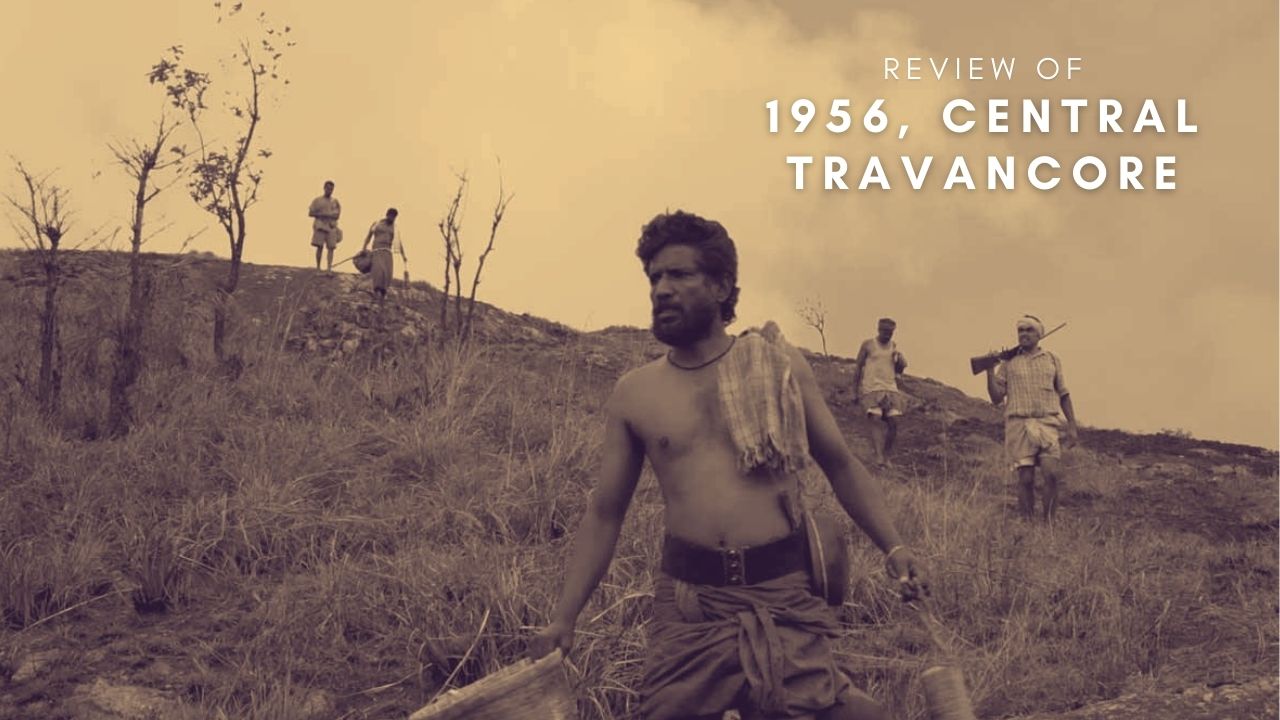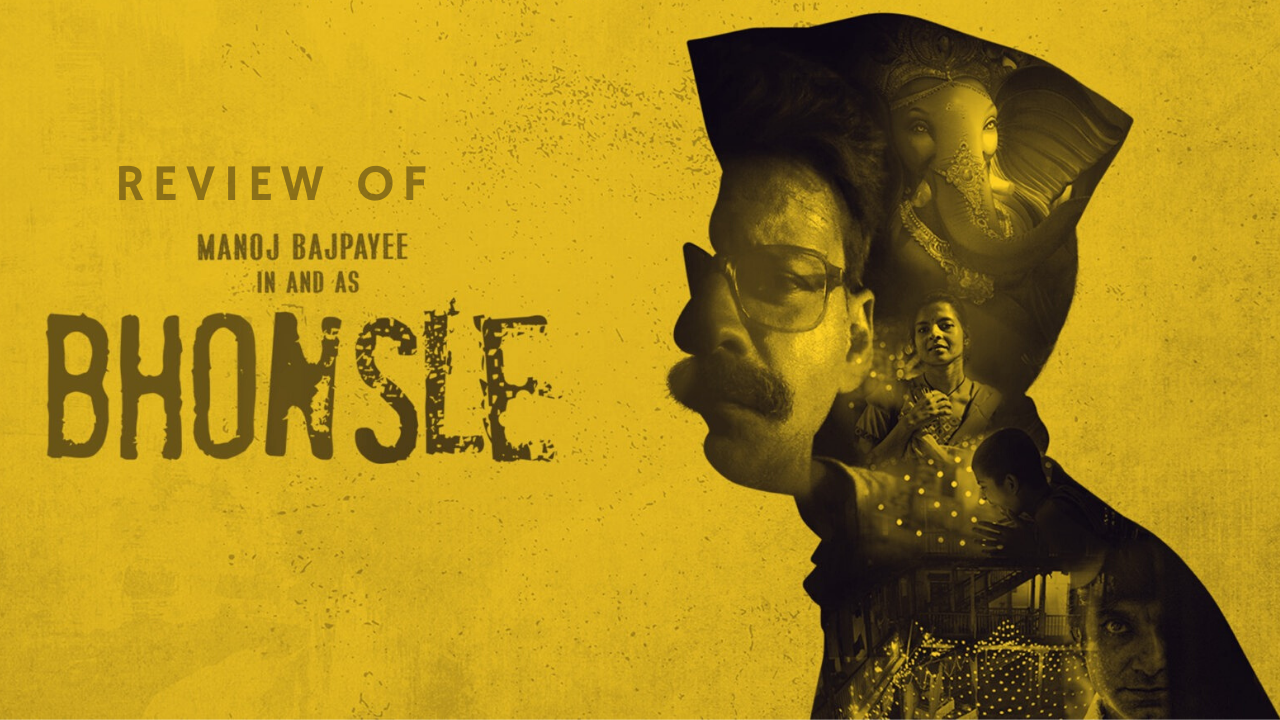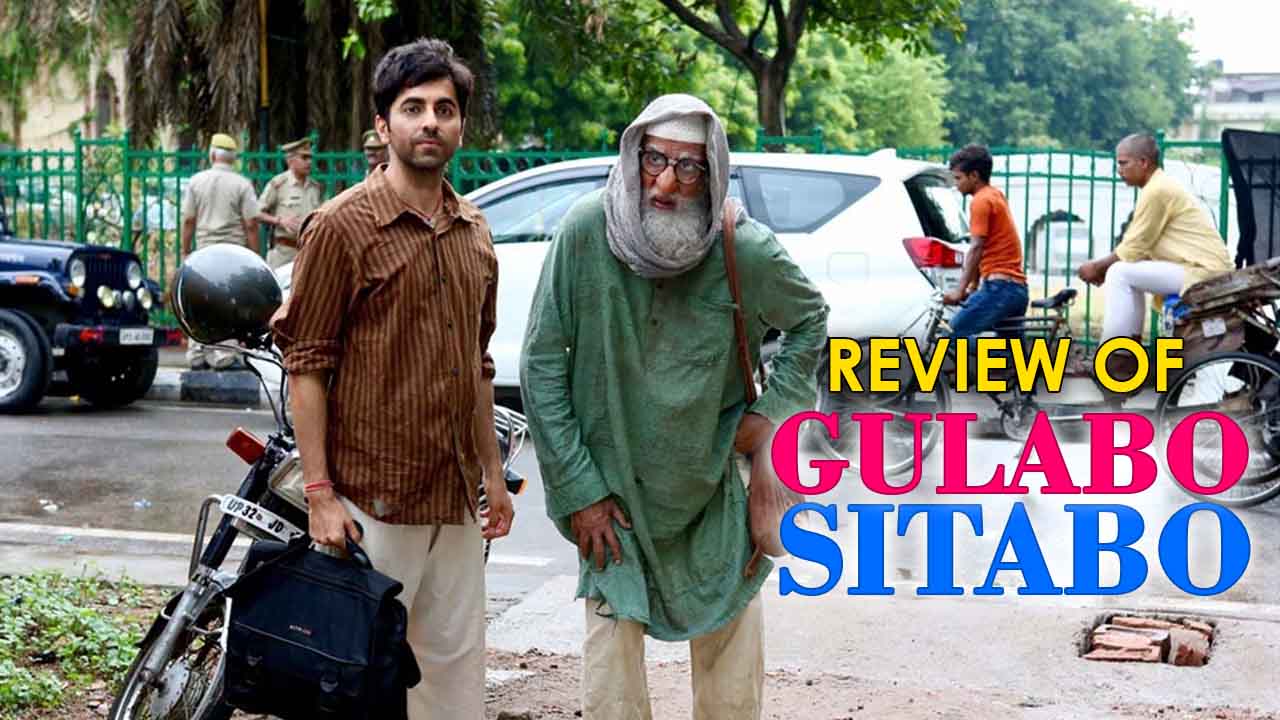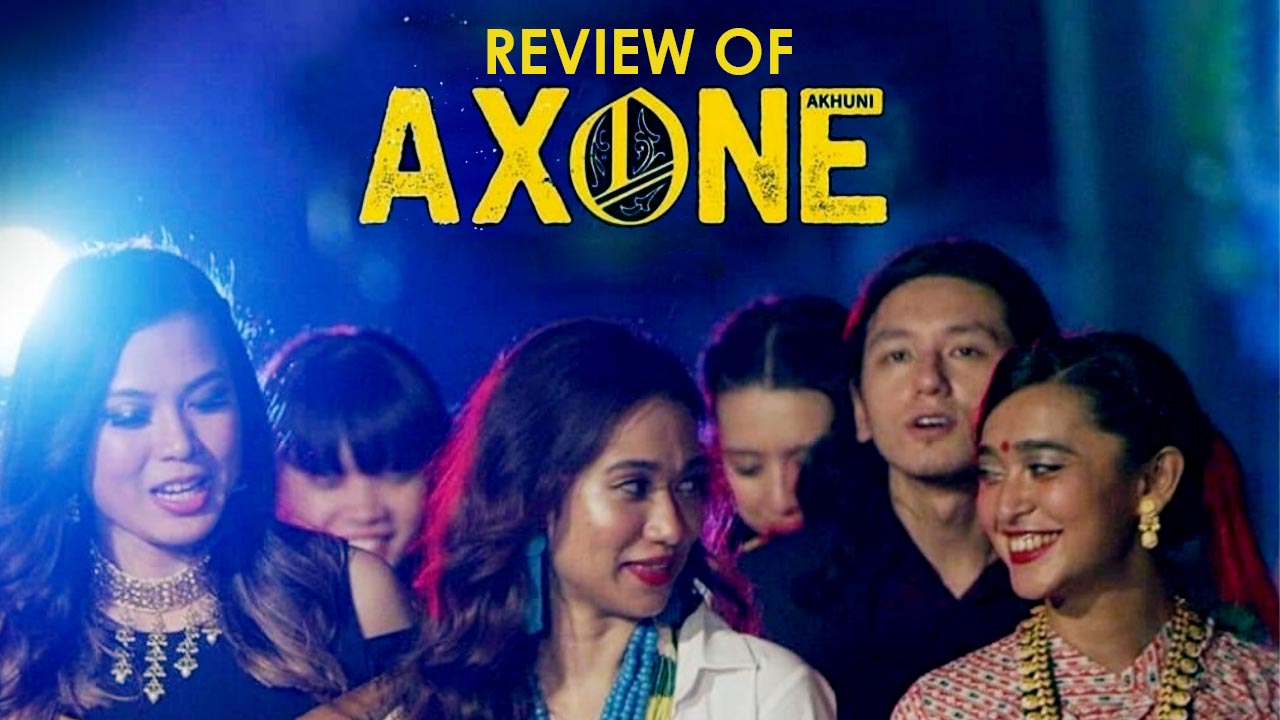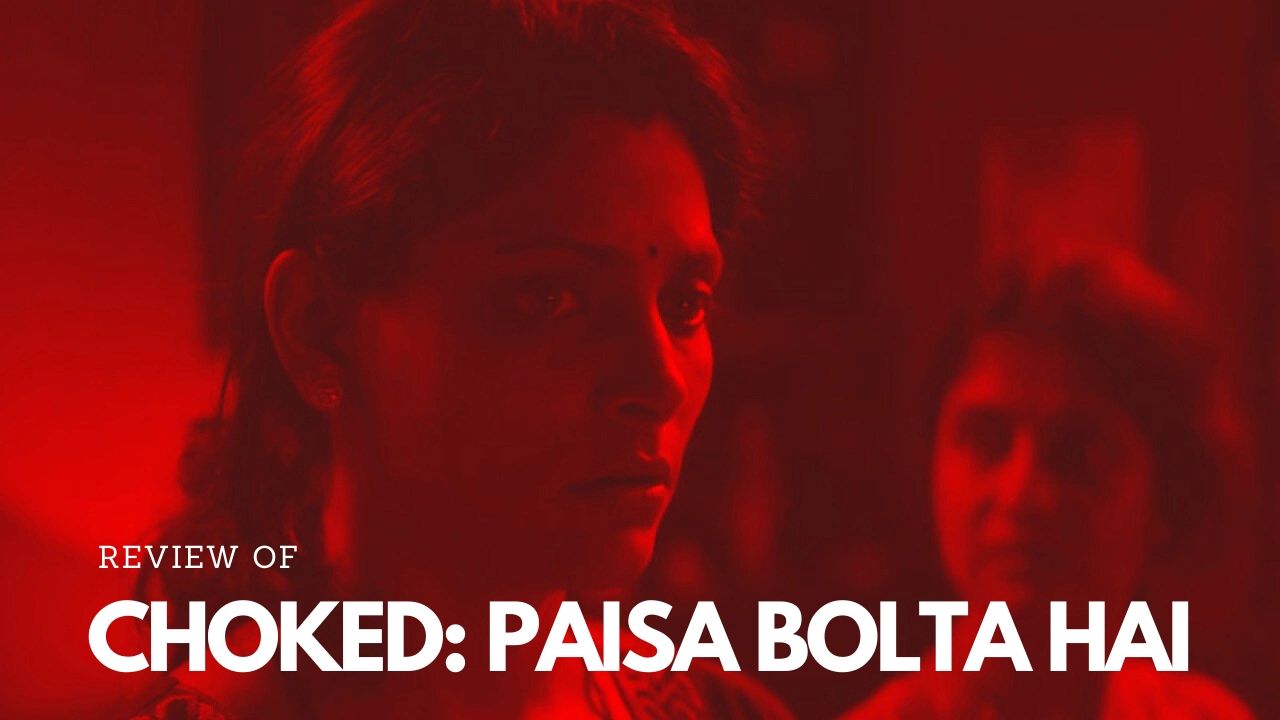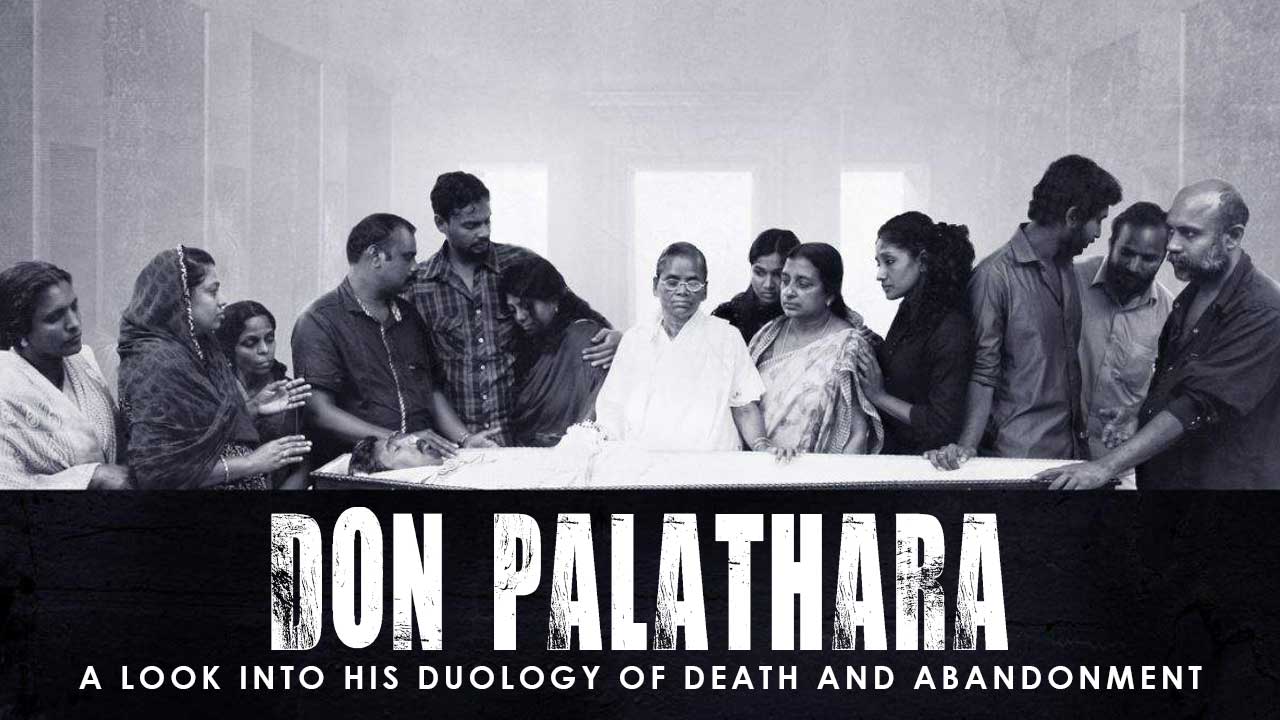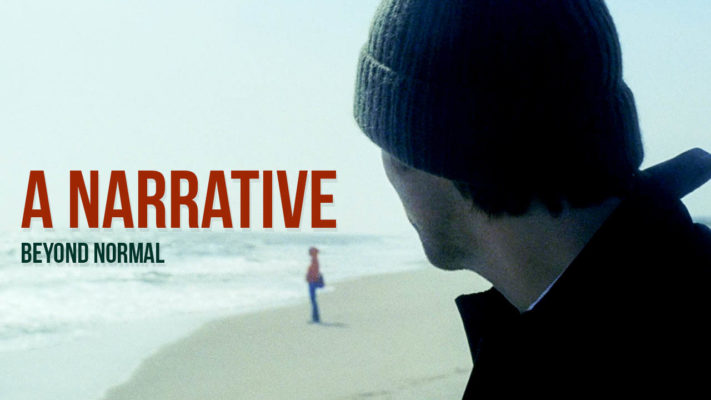
Exploring The Magic And Complexities Lurking Inside The Art Of Non-linear Narrative In Motion Pictures
Some films function like memories, some films are not just a visual retreat but an intrusion into the narrator/character’s mind, progressing as memory functions, stories lodged deep into memory and at times juxtaposed with the present, at times distorting the present, erasing the entity of past and present. The device of time has been an essential tool in the narrative structure of some of the experimental movies in Hollywood like Pulp Fiction, Eternal Sunshine of the Spotless Mind, 500 Days of Summer, and The Machinist. Subverting the concept of the linear progression of memory and time in story-telling has donated these films an experimental outlook in the sense that they have ventured into a different territory forging a new method of story-telling, non-linear narrative.
Pulp-Fiction (1994)
The film is a subtle work of flashback narrative that inter-twines two apparently disparate events in the process of concluding the film. This inter-connection not just simply helps in a brilliant ending but elucidates on a number of complexities of the character of Jules’, played by Samuel L Jackson; his epiphanic moment and how these lines go through an alteration of meaning in the course of the film. It is fantastic how experimenting with the flow of time gifted the film with the opportunity to detangle psychological complexities of Jules, himself. As audiences, we are only at the mercy of the film to unfold, to guide us through the events in order to establish some kind of meaning and coherence.
The Machinist (2003)
The protagonist Trevor Reznik, played by Christian Bale, falls prey to the riddle of time, stuck in the past and failure of memory ensuing forth from a guilty conscience. Director Brad Anderson has brilliantly portrayed how Trevor sinks in within his own time, is sleep-deprived, fancies things and humans from the past and has created a partner carved out of his mind, that leads him through destructive ways. The shadowy world of confusion and time running backwards haunts Trevor as he helplessly tries to figure out the root cause of his restlessness. We get the hang of a mutilated time scheme right from the very beginning when we see time is stuck between going backwards and standing still. It brings out an eerie feeling amidst the array of other normalcies. On further analysis of the plot, it becomes evidently clear that time, from the past, plays a crucial role in the film, almost as an antagonist, in breaking apart the main character. Though the occurrence of flashbacks is limited in the film, still the mere presence of it detangles the series of unusual events, for instance, Trevor’s insomnia. The film has a psychological thriller as a genre. A complex storyline and unusual treatment of time and non-linear story-telling add to the menacing yet thrilling factor of the film. The protagonist’s guilt, frozen in time and therefore disrupting the sequence of time for him takes the film on a pedestal higher for us.
Eternal Sunshine Of The Spotless Mind (2004)
One of the best forms of non-linear narrative I have experienced has to be in Eternal Sunshine of the Spotless Mind, directed by Michel Gondry, as a labyrinthine journey of Joel’s mind, played by Jim Carrey. Time is almost like a character in the film that shapes audiences’ understanding of the story as we float along with Joel and Clementine in the space of memories and remembrance. A number of times, the concept of “time” and its erasure from memory impose in the film. For example in the bookstore scene, where Joel meets Clementine (played by Kate Winslet) with a colourful antique necklace in order to get back to her. Clementine, who has erased a span of time from her mind fails to recognize her estranged lover and as Joel walks away the lights in the bookstore are turned off, it descends into darkness. This sequence has to be one of the best portrayals of a character’s mindscape in the history of cinema. Non-linear narrative or the ragged flow of train-of-thoughts that refuses to be tamed by discipline is also reflected in the manner the narrative unfurls. For a better portion of the story we, the audiences, share Joel’s perplexity and discordance and progress henceforth following the map of Joel’s memory. If conceptual construct of time is a mere consequence of memory, this film can be seen as the finest portrayal of the idea. The set and location change in the film as Joel shuffles between his painful past and disgruntled presence, and we the audiences are taken on a roller coaster ride to decipher the truth. We experience a surrealistic image, juxtaposition of the faded memories and desperate attempt to cling onto memories by Joel, as the places recede into the darkness we know every last ounce of memory that he shared with Clementine is wiped away. Virtual places shatter into pieces, into a pile of wreck and rubbles, giving us a beautiful mess of a “spotless mind” as memory and time shape it.
500 Days Of Summer (2009)
Casting Joseph Gordon-Levitt and Zooey Deschanel, as Tom and Summer, much of the beauty of the cinema lies in the manner of story-telling. I am sure it would have lost most of the magic had it been told using a conventional narrative structure and not through the lens of a heartbroken and insecure man. The films act as a chronicle, retrospectively giving us the 500 days of their romance, a picturesque view of California, through the eyes of Tom, a romantic, hopelessly in love with Summer. Summer, represents youth, colours and vitality in Tom’s life. The narrative structure lets the audience come out of the theatre with a very honest rendering of Tom’s memories peeled off any chronology or sequence. A different treatment of time in the film proves how it steers away from the regular formula of storytelling of rom-coms. Overall, the film gains originality as a story is narrated in its essential (non- linear narrative) form, as it occurs in the mind of Tom. The evergreen leaves slowly lose their hue from the calendar as days progress and their relationship goes downhill.
The Possibilities Of Time More Than Its Strict Progression. . .

Time will always play a vital role in the art of rendering a narrative that would provide the audiences with captivating few hours. Hollywood has never shied away while playing with the accepted format of plot structuring and it has always acted in favour of these cinemas. All the above-discussed films are different from each other in genres and character sketching, yet they have demonstrated that time is more than a strict progression, it has spirals and blackouts and the best way to engage audiences is to offer ‘time’ in its unpretentious form, using non-linear narrative as a tool of storytelling.

